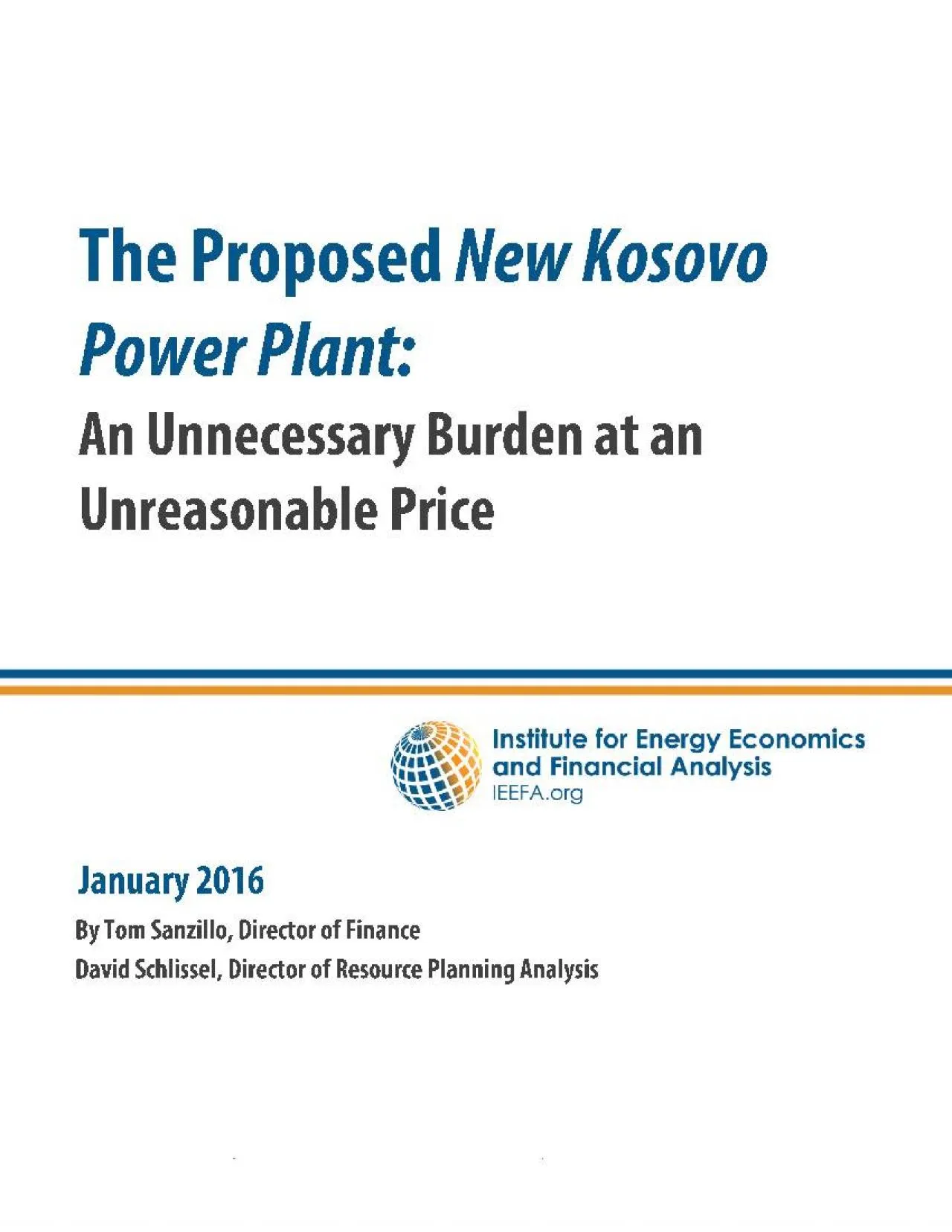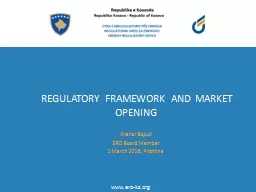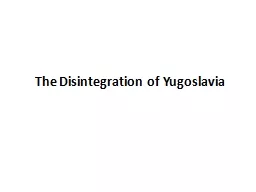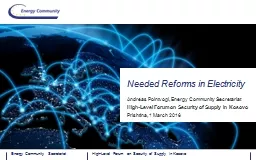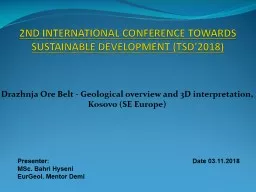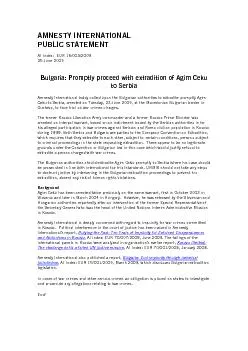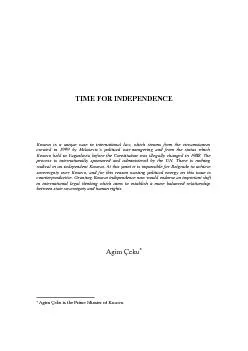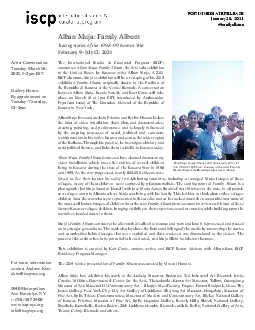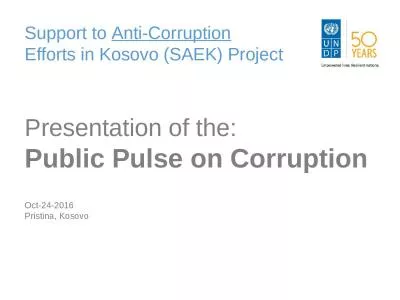PDF-New Kosovo Power P
Author : elena | Published Date : 2021-10-06
The proposed coalfired lantwould cause the price of electricity in Kosovo to rise to unreasonable levels and place a needlesslongterm burden on Kosovoseconomy IEEFA
Presentation Embed Code
Download Presentation
Download Presentation The PPT/PDF document "New Kosovo Power P" is the property of its rightful owner. Permission is granted to download and print the materials on this website for personal, non-commercial use only, and to display it on your personal computer provided you do not modify the materials and that you retain all copyright notices contained in the materials. By downloading content from our website, you accept the terms of this agreement.
New Kosovo Power P: Transcript
Download Rules Of Document
"New Kosovo Power P"The content belongs to its owner. You may download and print it for personal use, without modification, and keep all copyright notices. By downloading, you agree to these terms.
Related Documents

